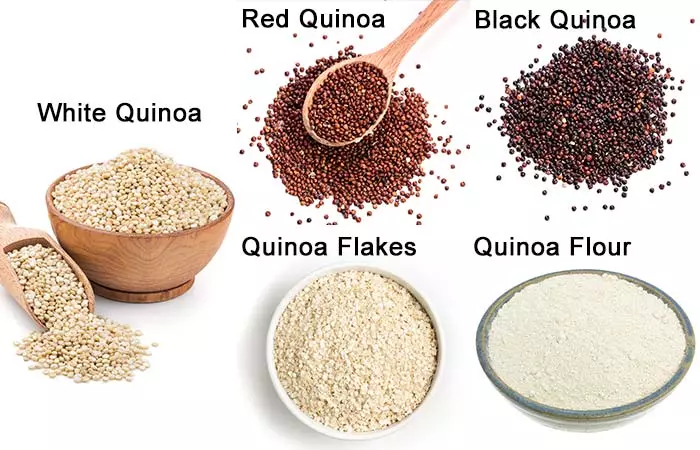If you belong to 97% of humanity, chances are good you pronounce quinoa the way the remaining 3% do; though you might already have heard of its benefits (but maybe not why!).
If that is indeed the case for you, you have come to the right place! In doing so we hope to bring together an elite 3% who understand exactly why quinoa stands out as something unique in its category.
Desk Of Contents
What Is Quinoa And Its Benefits
Is Quinoa Good For Me? Whar Is The History And Dietary Profile Of Quinoa?
What Are It’s Advantages And Cool Details About It (Any Fun Stuff About Quinoa?) How Should We Select And Store Quinoa, And Any Tips On Utilization (If Any).
How Can Quinoa Fit In to My Weight Loss Program
Any Popular Quinoa Recipes? Where To Purchase Quinoa Sprouts What Are It’s Benefits AND Results And Lastly: Exactly What Is Quinoa?
No matter your intention is, let’s set the proper pronunciation from the outset: Eager-wah or ke-NO-ah are correct methods of pronouncing this word.
Quinoa, often dubbed as a “superfood” or a “supergrain,” has quickly become one of the world’s hottest health meals. If that seems a bit vague, let me clarify further – Quinoa (keen-wah?) is actually an annual flowering plant belonging to the amaranth family that’s grown for its edible seeds; thus when discussing its advantages we generally refer to their edible properties; not so with other grains like oatmeal which often only benefit their seeds directly.
Subscribetiennent The seeds are gluten-free. When cooked, quinoa resembles wheat or rice in its composition and provides an abundant supply of proteins (incorporating all nine essential amino acids). Furthermore, its rich source of fiber and minerals makes quinoa an ideal food choice.
Even so, different varieties of quinoa exist – these being:
Quinoa or white quinoa, is one of the more prevalent varieties available at stores; sometimes referred to as ivory quinoa.
Crimson quinoa retains more of its unique shape (higher than white quinoa) after cooking, making it suitable for cold salads or any recipe in which one grain stands out as particularly striking.
Black quinoa boasts sweeter and earthier notes than its white counterpart, maintaining its rich black hue even after cooking.
Quinoa flakes, produced through steam rolling entire grain kernels, make an easy and quick breakfast option.
Quinoa flour, made of flour made from quinoa seeds, looks very much like any other kind of flour.
Well, what’s so big a deal about it?
Return To TOC
Again To TOC It’s clear – Quinoa Can Be Beneficial, But How So? For whatever reasons it’s hard for some of us to comprehend exactly why Quinoa would benefit our bodies so greatly; so the question must remain whether quinoa will indeed do just that or how.
Seeds of this superfruit are loaded with essential fiber, B-vitamin and E vitamins; along with several minerals including iron, magnesium, calcium potassium phosphorus. Not to mention quercetin and kaempferol which will be discussed further later on in this post.
Quinoa is both gluten- and low glycemic index friendly, making it perfect for people sensitive to wheat products and diabetics alike. Packed full of iron and magnesium content quinoa may have great impact on metabolic well-being while its seeds boast plenty of antioxidants (1).
There’s plenty more reasons for you to love quinoa; in this post we cover several key ones. Of course, before that happens we could include some history as well!
What Is the History of Quinoa? Quinoa first originated 4,000 years ago within Peru, Bolivia, and Chile’s Andean region where people started domesticating it for consumption purposes; however archaeological findings indicate it originated more than 7,000 years earlier!
Before the Spanish arrival, quinoa had already become technologically sophisticated and widely distributed within Inca territory (where it was known as gold of the Incas), believed by Inca warriors to provide them with stamina for battle. Furthermore, The Quinoa Company declared it to be “supergrain of the future”.
Due to human domestication, cannabis plants have experienced various morphological modifications throughout history – most noticeably with regard to compact flower heads, increased stem size and seed size and an increase in pigmentation levels.
Back To TOC
Quina vitamins are truly amazing; their presence alone lays out this entire post. So here we go…
What Is The Dietary Profile Of Quinoa? Below is an outline of Quinoa Vitamin Facts; It boasts many surprising advantages as an essential source of essential antioxidants, minerals and other micronutrients as well as being considered an entire protein source.


